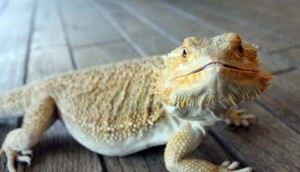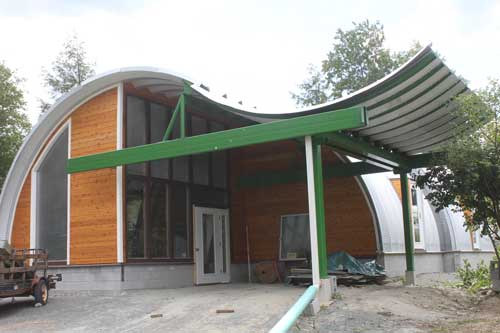
It's a very sad day at our bird sanctuary, Our good friend Dr. Ward Stone passed away. He will be surly missed as he has helped us through out the years. And good friend of Peter Debaucher.
February 10, 2023
Ward Stone, the longtime state wildlife pathologist whose name became synonymous with environmental activism as he helped uncover and publicize the threat of PCBs, died Wednesday in Columbia Memorial Hospital after a battle with cancer. He was 84.
Read the rest of the story ay
https://www.timesunion.com/news/article/environmental-crusader-former-radio-host-ward-17776032.php
His family released the following statement:
“The impact our father had on our community is tangible in our clean environment.
Ward Stone left behind four children that love and miss him dearly. As good as he was at his job, he was an even better father.
Our family is grateful for all of the support we are receiving during this difficult time, and know that his vision for a healthier planet will live on.“
A Recent article written by Dr. Ward Stone About Pigeons.
People love to hate on pigeons for the way they foul up parked cars or flock to food scraps on the sidewalk. But with more than 300 species of wild pigeon found on Earth—many of them stunning—it’s past time the lowly pigeon gets its coo.
“Pigeons are biological marvels,” says Rosemary Mosco, author of A Pocket Guide to Pigeon Watching.
“They make milk for their young. They can take off almost vertically. They see colors we can't, hear sounds we can't, and find their way across hundreds of miles using mechanisms we don't fully understand,” she says. “They’re the world’s most overlooked birds.”
Interestingly, there’s no scientific difference between pigeons and the much more beloved doves. Both birds are members of the Columbidae family, and while the term ‘pigeon’ tends to be applied to larger species and ‘dove’ to smaller ones, Mosco notes in her illustrated field guide that there is actually no scientific or evolutionary distinction to either group.
What’s more, the ubiquitous pigeon found in cities worldwide descends from a bird known as the rock dove, which people long ago domesticated. (Read how pigeons first landed in cities.)
Studio photograph of a Bruce's green pigeon
The Bruce’s green pigeon (Treron waalia) lives in a narrow band of habitat across Central Africa and parts of the Middle East, where it specializes in eating figs. Joel Sartore photographed this bird at the Houston Zoo.
There’s also evidence wild pigeons were a staple food source for Neanderthals, and later humans, beginning at least 67,000 years ago. More well known is the domesticated pigeon’s invaluable service of long-distance communication for many different civilizations, from the ancient Romans to Genghis Khan.
“For much of their history, they signified wealth and power,” says Mosco. “They were flying Ferraris.”
In some parts of the world, the fastest pigeons still fetch mind-boggling sums. In 2020, a single racing pigeon named New Kim sold for around $1.9 million in a Belgian auction.
With pigeons everywhere we look in urban life, it may be difficult to imagine a world without the cooing flocks. But even these adaptable birds are not immune to extinction.
In the 1800s, the passenger pigeon (Ectopistes migratorius) was thought to be one of if not the most numerous birds in the world, with a population of around three billion animals. But then, in less than a century, humans eradicated the species from the wild thanks to an insatiable hunger for the bird’s inexpensive meat combined with widespread deforestation.
In 1914, the last known passenger pigeon, named Martha, died in captivity at the Cincinnati Zoo—as stark a reminder as ever that we should appreciate the beautiful and diverse pigeons we have before they’re gone.
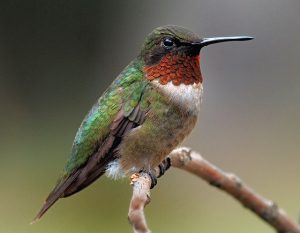
Hummingbirds and Cultivating Scarlet Runner Beans in Your Garden’s
By Dr. Ward stone
The Indigenous people of North and South America had apparently developed corn over the course of thousands of years through gardening and selection. From a cultural standpoint, corn was a very important food to the indigenous people. They had popcorn, dried corn, and green corn. They also cultivated beans that grew on the stalks of the corn. When the corn was harvested, the beans were also taken. Squash was also a very significant food and along with the beans and corn allowed for a nutritional food diet to be present throughout the year. The ability to store these vegetables over winter was beneficial to the maintenance of nutrition through periods of inclement weather.
The Mohawks as do the other Iroquois nations call these plants the “three sisters” (corn, beans, and squash). I decided to raise the three sisters in my Diamond Ridge garden. The corn stalks are at least 8 feet tall, and the beans called scarlet runners grow up the entire height of the corn stalk. The name scarlet runner originates after the scarlet colored which appears on the vine of the climbing bean. I noticed that despite the large variety of flowers in my garden the hummingbirds preferred to go to the bean flowers. They seemingly preferred the bean flowers rather than the artificial sugar presented to them in a commercially available hummingbird feeder.
An important question is how healthy is the commercially available red sucrose feeder fluid found for the health of hummingbirds compared to the nectar obtained from the red bean flowers? Do the hummingbirds balance out their commercial feeder sugar solution by foraging for nectar so that good health is maintained? This is a question for a graduate student or more and for all of us who love birds in life. I speculate that hummingbirds have taken the nectar from indigenous people’s bean plants for thousands of years and that their association with the corn and beans was good for the hummingbirds and possibly additionally for the indigenous gardeners particularly if the hummingbirds also pollinate the bean flowers.
Curiously, I have an old blanket from Mexico in which hummingbird patterns are clearly worked into the piece. A pattern that I think reaches back eons of time. I intend to see what my first nations friends, historians, and scientists have to say about any recorded histories of the relationship between hummingbirds and bean flowers. One such friend is Kay Olan, a mohawk storyteller who points out there is a story that the shape of the lacrosse net was inspired by the tail shape of the hummingbird. In the meantime, planting pole beans like the scarlet runner can bring hummingbirds to your garden with much enjoyment for you and the hummingbirds. Pete, I would like to hear your views on hummingbirds and bean flowers as well as that of your readers.
A Seagull Tries to Save its Friend
This picture was taken in the Prince William Sound region of Alaska. A seagull was trying to save its friend from the claws of an Eagle and wounded up in a mid-air fight. By pursuing and fearlessly pecking at the Eagle’s back, the brave seagull saved his friend from the claws of the predator. This feels like a story straight out of Aesop’s Fables. Gratitude to David Canales for taking this brilliant shot, now we have seen everything!
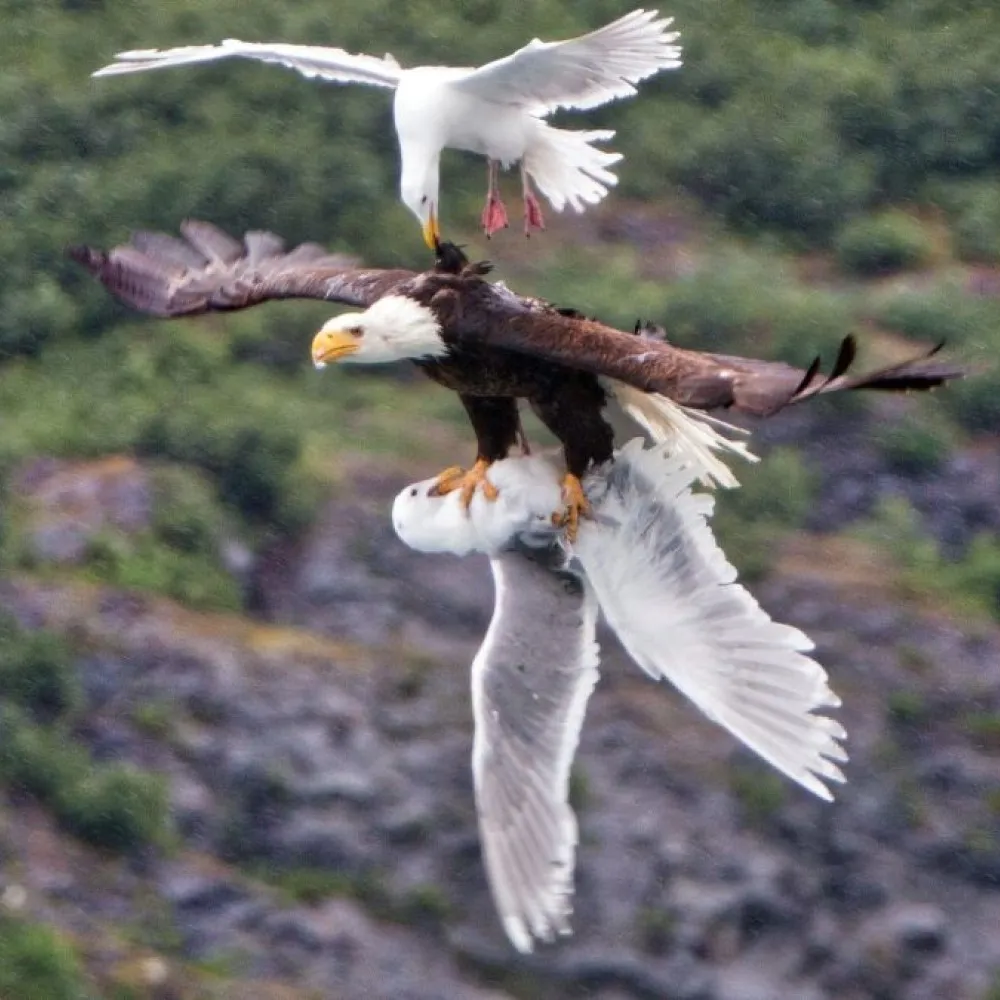
Let's really save the Monarch Butterfly.
Monarch
Dr. Ward Stone
Well Peter we have been discussing saving the monarch and other butterflies for over 30 years. I am glad that you have milkweed and food for the monarch butterfly at the Berkshire Bird Paradise. However, there is considerable discussion that the monarch populations will trend downward and perhaps even go to extinction.
Herbicide use in cornfields, lawns and other sites by our general population has limited the distribution of the milkweed. The monarch butterfly is totally dependent on the milk weed for its survival. Well, it is absurd to think the monarch butterfly could go extinct when there is so much land available to grow the milkweed. For example, here in New York along our interstate highways, the thruway, the Northway, the Taconic parkway there is all kinds of land where the milk weed can grow and we have got personel there mowing the grass along these highways. The state already has the capability of producing lots and lots of milk weed without increased cost. We have the mowers, the state botanists and entomologists to implement a program to benefit the monarch butterfly.

We could come up quickly with a program for the highway grasslands with little to no cost to the tax payer. Birds would benefit too such as the Bobolink, and Meadow Lark that utilize and nest in grasslands. Rod and gun clubs, garden clubs, 4-H and such organizations could make sure that they have milkweed on their properties, providing for the necessary growth for the survival of the monarch butterfly. State lands in New York wildlife management areas could make sure that they grow milk weed as well.
Peter, I have some strong affection for the milkweed that doesn’t have to do with the monarch butterfly, it has to do with my first-grade class in 1944 in Chatham, New York. Mrs. legget brought in to class onion bags, which somewhat resembled orange fish nets and she said, “We are going to collect milkweed pods for the US navy. The Navy will stuff their life jackets with the fluffy material from inside the pods and that will prevent our sailors from drowning”. Some 20 years later, I was in the US navy and I was frequently around and wearing life jackets. I wondered whether the milkweed collected by my class was in some of those life jackets which were pretty darn old. The collection of milkweed pods had been taken very enthusiastically by my class. We had a pile of onion bags stuffed all the way to the ceiling in my classroom and the US navy got them. Now its time to throw a life jacket to the monarch butterfly and hopefully this will help do that.
Pete, may we veterans help save the monarch! We could use a national program directed by someone such as the head of the Department of the Interior.
Dr. Ward Stone

Monarch
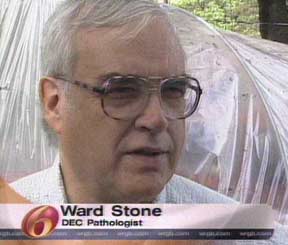
Ward Stone
A case for vaccination against COVID-19
Thursday, January 7, 2021 - 18:28
To the Editor:
Come on, people, get your vaccination against the coronavirus as soon as possible. As I write this, it is reported that the United States’ coronavirus cases exceed 20 million and that mortalities of people exceed 350,000. It is expected to go much higher with the limited control put into effect at this point in the United States. The vaccinations offer a turn-around and can save potentially thousands of human lives in the United States alone.
Why take the vaccine?
It will personally protect you from the coronavirus whether or not the American population has “herd immunity.”
Look at all the good we have had with smallpox, measles, and polio that would have not taken place without vaccinations. Rabies would have resulted in thousands of individuals dying annually but, because of the vaccinations of pets, and the immunity that is available through vaccinations, we have had very low mortality from rabies in the United States. We have a good system of diagnosis and vaccination.
It is hard to come up with any evidence against vaccinations. It is, on a whole, mostly positive. It does not mean that individuals have not died from severe allergic reactions. We need to note those reactions and treat that allergy. But, overall, huge amounts of people will be saved from death.
What are my qualifications for making a recommendation for the vaccination? I am an honorably discharged U.S. Navy corpsman, proud of my service. In addition to usual corpsman training, I spent 15 months on assignment at the U.S. Navy Medical Center at Bethesda, Maryland. I assisted in human autopsy and am trained in clinical pathology as well as medical laboratory techniques.
Our New Pigeon House
Construction is moving along
This is a State of the Art bird environment. It's fireproof, hugh, bright and airy. The pigeons have an outside area where they can come and go. Viewers can get a close look.
The heating system is hot water under the concrete slab, how nice for the birds.
I will be going to the sanctuary shortly and show an update and all the progress we made.
Here's a few recent photos, more to come.
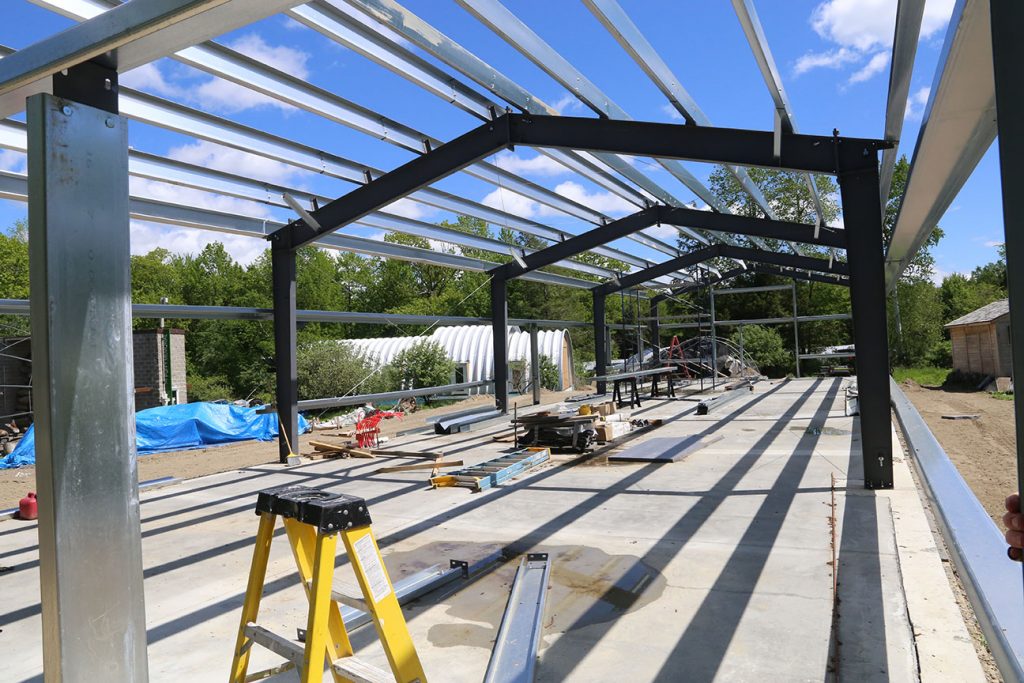
pigeon house metal frame

Pete with the new pigeon house.

Here's a photos of the new foundation. Work has slowed down because of the weather.

foundation
Bird Paradise rebuild
google-site-verification: google2a1af3ecefbbc98c.html
Fundraiser slloideshow
Fundraiser Video
Thank you everyone. The fund raiser was a big success. Thank you for all your support. We are touched by your love for the birds.
Hello everyone,
We wanted to let everyone know that Peter Dubacher may not be able to attend the fundraiser on Sunday September 29th due to his health. He was brought into Albany med yesterday for his scheduled appointment for an ablation on his heart for his irregular heartbeat. Unfortunately the surgery was not successful due to the fact that his heart is still in afib so they are going to keep him another day and might do another ablation today we will keep everyone posted but no worries we will have Peter on FaceTime so he can still be a part of the festivities and Elizabeth his daughter will be there the entire day.
Berkshire Bird Paradise is rising from the ashes!
* Donate to our fundraiser click here
* Use and share our Amazon gift registry click here
* Spread the word on social media
(Details to come!)
(518) 279 3801
Albany Times Union, August 27:
https://www.timesunion.com/news/article/Bird-sanctuary-rebuilding-after-devastating-fire-14379990.php
News10 video/story: https://www.news10.com/top-stories/multiple-birds-die-after-fire-in-local-sanctuary/?fbclid=IwAR3oABuzHd6p56q6hSIS95TjqcItn9g6kCCSS4PvH4Nw9-MnLaIDnhLxIHE
Be Part of This Good Work
There are many ways you can help and not all of them include money.
Mitch the Eagle
This is an amazing story about an Afghan eagle that was shot and some Navy Seals rescued it,
Puffy Memorial Pigeon Aviary
Our new pigeon memorial has a water fall and plenty of room to fly.
Liz's Lizards
We are developing a display area for our lizards, frogs and small creatures.
Kiki Parrot Pavilion
We are finished with the exterior and we are working on the interior.
We finally have a monthly newsletter. Please sign up, we would never Spam you.

We are a 501c3 Nonprofit Organization
 Please help.
Please help. ![]()
If you want to be a part of this good work. Please Help!

1 week old Emus, they grow so fast.

6 week old Emus, two beautiful birds.
I love this story, This Flamingo is having a great life.

In the 14 years since its escape, the flamingo known as No. 492 has been spotted in several states.
The flamingo known as No. 492 for the band it wears on its leg "made its break" with another flamingo from the Sedgwick County Zoo after zookeepers failed to clip their wings and they took off during a storm, never to return.
“No. 492, and the other flamingo who escaped, both went separate ways,” the Wichita Eagle reported. “No. 492 went to the Gulf Coast and the other went up north. The Eagle reported in 2009 that no one has seen the northern bird since August 2005.”
Last week, the pink bird was again spotted on the Texas coast by a photographer and its image was posted to the Texas Parks and Wildlife Facebook page.
The zoo told the newspaper that No. 492 is 24 years old and could live up to age 50 in the wild.
https://weather.com/science/nature/news/2019-05-30-flamingo-kansas-zoo-spotted-in-texas
A No Cost way to support us!
AmazonSmile donates to Berkshire Bird Paradise Inc when you do your shoping at
smile.amazon.com/ch/22-2948511.
Just click on link, sign in to your Amazon account and shop.
Thank you so much
Please Note!
24/7 Bird HOTLINE
We are not allowed to accept any Migratory Birds.
For Migratory birds please call: 1 877 457 5680.
They can tell you where to send the bird or other wildlife.
Please do not drop off birds and run!
This is a story of love and devotion
Her name was goosey, She died shortly after her arrival. we think she missed her friend and she just did not want to be here without her caretaker.
A sad day for us. After 27 years caring for a blind Golden Eagle. She passed away. She had a great life and hatched a few eaglets that were released into the wilds.
We finally have a monthly newsletter. Please sign up, we would never Spam you.

This is an amazing story of survival.
A Word From Ward
Pigeons: Times They Touched My Life
By Dr. Ward Stone
My memories of pigeons go back to early childhood. A picture in the living room of my mother’s home depicted an eighteenth century American barnyard which held some pigeons and a nesting area provided in the barn eves. Apparently this scene was true-to-life as boy told me that he was contemplating a pigeon trap that would be baited with corn to “take care” of a few resident pairs in his hay barn. His plan was to kill the pigeons with a slingshot and eat them. World War II was on then and I think he was unable to carry out the planned “pigeoncide” due to the bigger worries that came with the country being at war.
Later on, I remembered seeing the common multicolored pigeons on Main Street near the train yards in Chatham, New York. They were not disbursed and I suspected that fortunately for the pigeons, the young lad in the past had gained little support or interest from the public in his quest to destroy the Rock Dove. read more...
Dr. Ward Stone talks about PFOA Contamination
Dr Ward B. Stone, Environment Consultant 518 505 6748

Spunky the racing pigeon is one tough bird.
The woman who brought the bird in said a driver on Pearl street in Albany, NY went out of his way to kill the pigeon but he's OK and doing well, eating and is very friendly and perky.
Peter is rehabilitating Spunky, he will make it.

We finally have a monthly newsletter. Please sign up, we would never Spam you.
A Big Thank you to all of the Musicians, Volunteers and our Sponsors for a really nice festival. The music was really great and everyone had a good time.
Hope to have another festival in 2018
WEQX Radio station in Mancheshter, VT. " EQX The Real Alternative"
Fine Line Multimedia in Lenox, MA.
Grafton Lakes State Park
Healing With Wholeness, Easthampton, MA
Blossom Journeys, Amherst, MA
Group Travel Experiences Created with Intention

Birds of a Feather Music & Nature Festival Sept 9, 2017
The Birds of a Feather Music & Nature Festival is a daylong event, featuring bands, workshops, guided trail hikes, craft vendors, food trucks and so much more... Bands will play throughout the day and include national acts such as Sean Rowe, The Rustic Overtones, and Sam James. The mission of this event: In partnership with Grafton Lakes State Park and WEQX 102.7, we hope to bring like-minded individuals together who support the arts, nature and environmental conservation.
100% of the proceeds go to support the nearby Berkshire Bird Paradise, a bird sanctuary for disabled and injured birds. They strive to give them a safe haven to live thrive and rehabilitate as best they can. They are dedicated to educating people to recognize the beauty of Nature's world which surrounds our busy lives. We are all part of the web of life and all life is precious.
Go to web site: http://boffest.org
For more information, please email info@birdsofafeatherfestival.com.
Hope to have another festival in 2018
We are open
But some of the areas are still under construction. The two new additions, Kiki Parrot Pavilion and the Puffy pigeon memorial are open.

Here's the latest photo of Mitch the Eagle. The Navy Seal who rescued Mitch wanted to see how he was doing. He's doing great. He is a full grown adult Afghan Eagle. Much bigger than he was when he arrived.
Update on our construction projects.
Our new Puffy Memorial Pigeon Aviary is just about finished and the birds are loving it.
There's fresh water running down the rocks. Pigeons are rock doves and the like to stay in the rock shelters. which are cool and safe.
We have many bird species living together in harmony.
Here's some photos.

The rock doves like their new natural environment.

Kiki Parrot Pavilion
The building is up and it looks beautiful. The interior is ready for electrical and plumbing. This will be an exciting display where you can walk up and see the parrots up close, the area will be sectioned off for different species. This will be a state of the art building with climate control and beautiful designed. This is a memorial to Kiki a well love parrot. Here a few photos:

Kiki Parrot Pavilion
We are working on the inside. There will be live trees that roll on wheels and plants galore.


The Kiki Parrot Pavilion is getting it's interior painted. We insulated and wired the lights. Now for the paint job. The Pavilion will be finished for our Spring opening on Memorial Day.


More photos coming soon.
Come Visit! This is a very unique place.
wonderful for the whole family
no charge, we are under construction
Hours:
We are closed.
Open by appointment only.
from 9:am to 5:pm seven days a week from
mid May to the end of October.
Directions:
Take Route 2 east or west, until you get to Grafton, NY
Just 3 miles east of Grafton State Park, turn on Babcock Lake Road by the elementary school.
take Babcock Lake road a mile of so, then turn right on to Red Pond Road follow the signs and you're there.
See contact page for map
We are located in Grafton, NY
see map below
Mailing Address
Berkshire Bird Paradise
43 Red Pond Road
Petersburgh, New York 12138
Peter Dubacher, Director,
(518) 279-3801
Email us
email volunteer: peterdubacher@yahoo.com
 If you want to be part of this good work.
If you want to be part of this good work. ![]()
We finally have a monthly newsletter. Please sign up, we will never Spam you.






